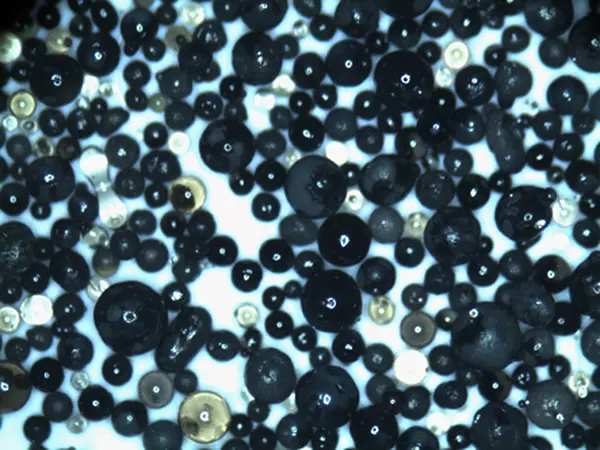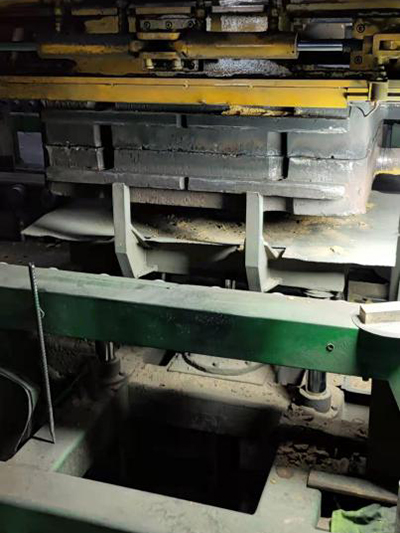

The choice of sand also ties into the selection of binders used in the casting process. Traditional clay-bonded sands, known as green sands, although cost-effective and recyclable, often require additives to boost their strength and cohesiveness. In contrast, chemically bonded sands offer outstanding mold rigidity and detail but at a higher cost. Understanding the interaction between sand and binders is critical, influencing factors like shakeout, reclaimability, and overall ease of use. Industry professionals must also consider the impact of sand grain size on casting results. Finer grains can achieve a smoother surface finish but may reduce permeability and increase the risk of gas defects. Coarser sands, while providing better venting capabilities, might compromise the intricacy of mold details. A careful balance, often achieved through custom-blended sands tailored to specific requirements, is essential for optimizing casting performance. Furthermore, technological advancements have allowed for innovative use of advanced resin-coated sands and rapid prototyping techniques. These developments bring unprecedented precision and complexity to the sand casting process, offering competitive advantages in product design and time-to-market. In conclusion, the type of sand used in sand casting directly influences the quality, efficiency, and environmental impact of production. Professionals in the field must weigh multiple factors, including material properties, occupational safety, economic considerations, and environmental implications. As industries evolve and demand higher standards of precision and sustainability, staying informed about the latest materials and methodologies is imperative for maintaining a competitive edge. Embracing the synergy of traditional wisdom and contemporary innovation in sand selection will pave the way for achieving superior casting outcomes. Post time:Şub . 05, 2025 01:11
Next:what products are made from sand casting
